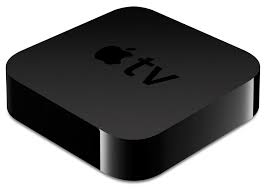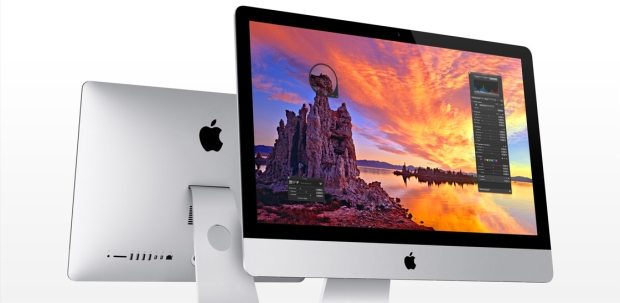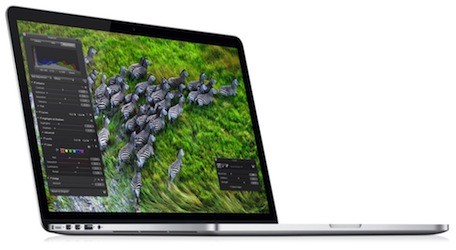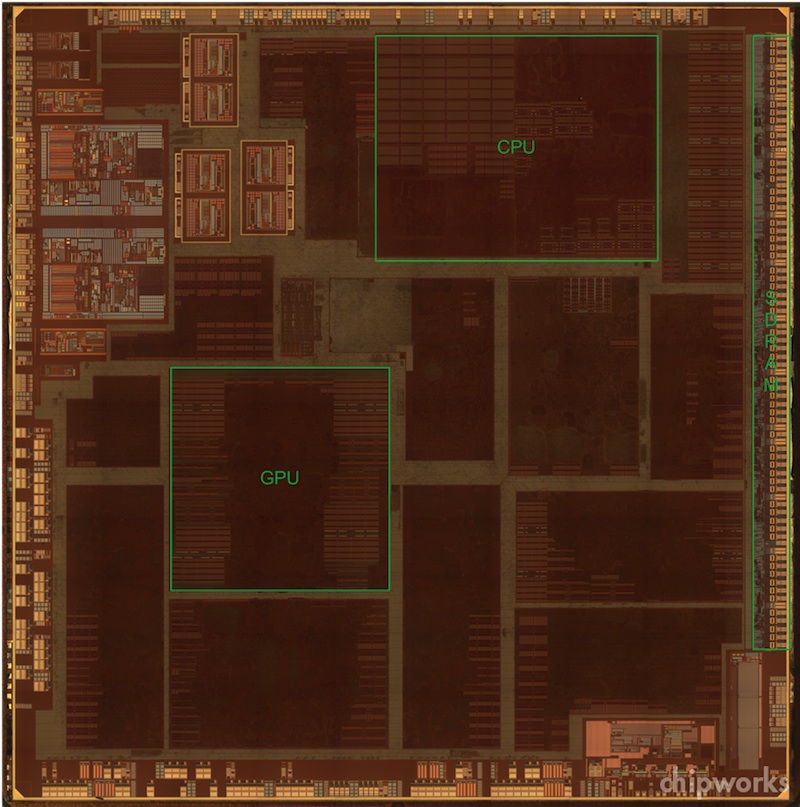 There are many who would love to host a backyard movie night with their friends or family members. Nowadays it is very common to store dozens of videos and movies in a smartphone or a tablet. However, this may those who would like to share their collection with others, mostly because of the limits of a small screen. There are currently many smartphone projectors that are small sized, but able to deliver great picture quality that will guarantee excellent results.
There are many who would love to host a backyard movie night with their friends or family members. Nowadays it is very common to store dozens of videos and movies in a smartphone or a tablet. However, this may those who would like to share their collection with others, mostly because of the limits of a small screen. There are currently many smartphone projectors that are small sized, but able to deliver great picture quality that will guarantee excellent results.
For those who don’t know where to start, remember that a blank screen is needed before you even think about investing in a projector. There's nothing quite as useful or cheap as a simple white sheet, and it is able to work great even with expensive setups. If you don’t want to invest in a blank screen specially designed for projectors, you can use just about any blank wall for a similar effect.
There are many apps to use along with your projectors. Most notably there is the Epson iProjection app. This app is a great option for those that are looking for an easy way to project their images on the go. The app is very simple thanks to its intuitive menu options that help bring all the content from your smartphones to the big screen. It is compatible with iOS and Android devices. Epson also makes many great projectors that are fully compatible with smartphones and tablet devices. With a simple search you will find more information about Epson projectors.
For those that own an iPhone device, one of the most versatile options out there is Brookstone's Pocket Projector. This innovative projector is very simple to use, since it was designed specifically with the iPhone in mind. It is very easy to slide onto the device and project a high quality image. If you don’t have any external speakers, this device has your bases covered too. This pocket projector has a built in rechargeable battery, so even if your Apple device is low on power, it is possible to use the Pocket Projector’s own energy as a back-up. You’ve got to be realistic though, a projector this small is not going to deliver the same picture quality as the bigger, more expensive models.
If you don’t own an iPhone, there are still many great options, such as the Optoma Pico Pocket Projector. This is another pocket device that is able to project hi-def images. This device is affordable, extremely light and portable, making it ideal for those that want to project their videos and movies anywhere they want. This mini device also comes with a remote that allows simple pausing.











